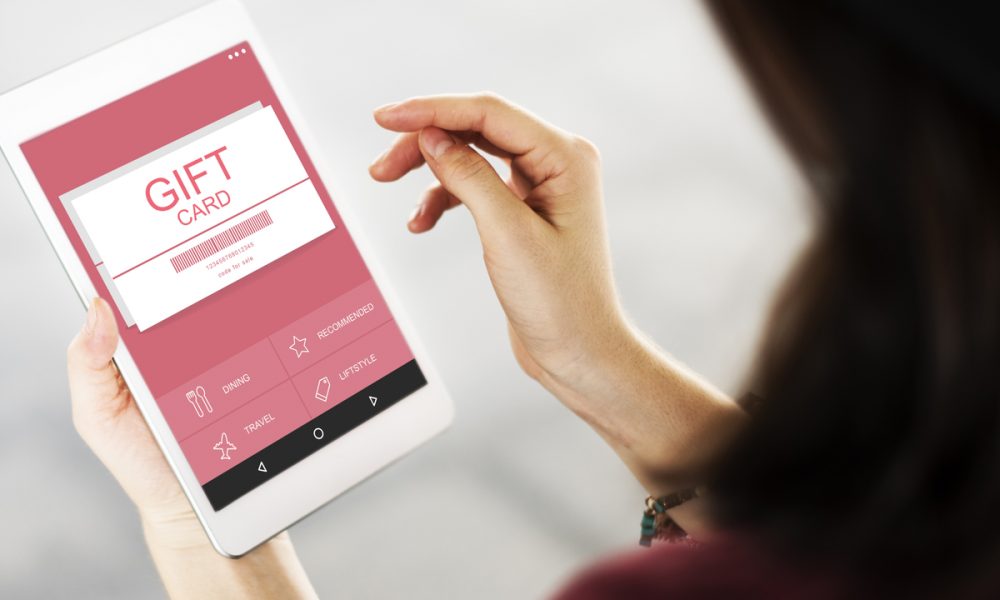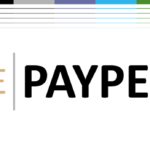With record numbers of people working and shopping from home, merchants and other businesses have no choice but to invest in better digital capabilities and products to meet these changing demands and expectations.
Chris Jones, vice president of digital services and incentives at Blackhawk Network, said the company has seen take-up rates of digitally-enabled products “increase dramatically” over the past year, in large part because of COVID-19. “There’s always a need to get funds into people’s hands, regardless of the economy and the environment,” he said. “People see the value in these products, and they see what they bring to the table. They expect modern payment and reward options from the employers, retailers and companies they’re interacting with.”
For example, in the past several months, Blackhawk Network has empowered Giant Eagle to become the first U.S. grocery and convenience store chain to accept PayPal and Venmo in-store, has launched a contactless ticket purchasing solution for entertainment brands and retailers, and has helped BBQ Holdings — which operates Famous Dave’s, Village Inn and Granite City Food & Brewery restaurants — begin selling gift cards.
“Digital cards can be spent online or in-store, or can be downloaded into retailers’ apps in some cases,” he said. “And that’s pushing that contactless payment, which is a big component that people want right now, and the flexibility encourages people to shop where it’s convenient for them.”
Related news: Blackhawk CEO: eGift Cards Find New Life as Gaming Currency
Jones said many retailers are now starting to use gift cards and other branded digital payments to help build customer loyalty. As the economy continues to recover and people become more comfortable with traveling again, digital prepaid cards present an opportunity for merchants in the travel industry to capitalize on consumer sentiments.
“I think there’s a real opportunity for retailers to use it from a promotional perspective … to get people traveling again,” he said.
For over 25 million underbanked North American households, prepaid cards can also provide digital access to funds that they otherwise might struggle to obtain. “It’s just an easier, better way to get funds into people’s hands,” Jones explained.
See also: Gift Cards Emerge as Digital Payments On-Ramp for Cash-Based Customers
An Employee Incentive
Jones noted that Blackhawk has also seen an increase in the use of digital payments for employee rewards and recognition, as employers try to reward workers for working longer hours and to compensate for what was “probably a more tedious work life” during the pandemic.
“The organizations are using it to either drive or change behavior, or as a simple thank-you,” Jones told PYMNTS in a recent interview. During the pandemic, many companies have forgone traditional awards, such as president’s club trips or other incentives, and that money has instead been allocated toward other rewards.
One of Blackhawk’s Canadian clients actually issued a prepaid card to every single employee in the organization, which included thousands of people.
“The recommendation from their president and CEO was to go spend that card in your local market to help drive dollars back into local businesses,” Jones said. Blackhawk’s research has found that 76% of people would feel more motivated toward their employer, and 84% would feel more valued, if rewarded with a prepaid card rather than a traditional check or corporate merchandise.
“Especially as we’re starting to see attrition rates rise, as the economy is opening up and people are starting to move around a little bit, keeping your employees happy, motivated and loyal is very important,” Jones added.
Related news: Retailers Lean on Employees to Do More Amid Labor Shortage
Using digital payments as employee and customer incentives also allows people to be rewarded faster and saves on fulfillment costs, since a physical item doesn’t have to be delivered, Jones said.







